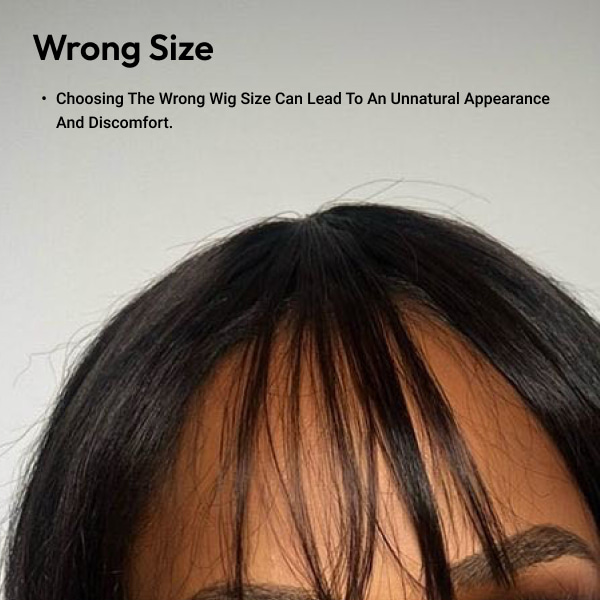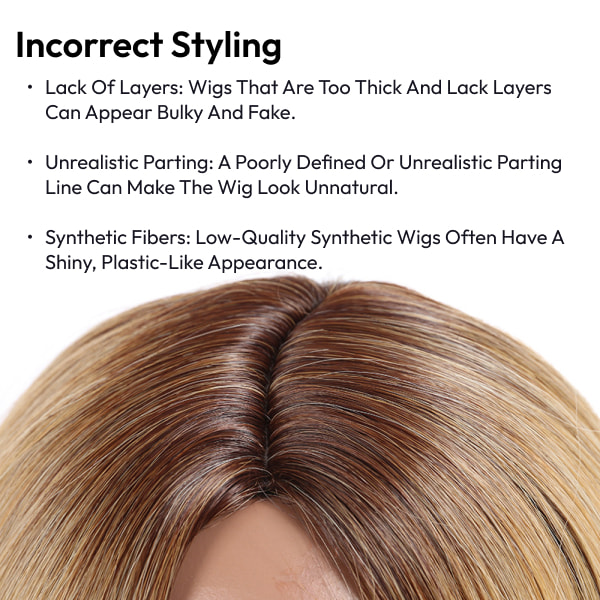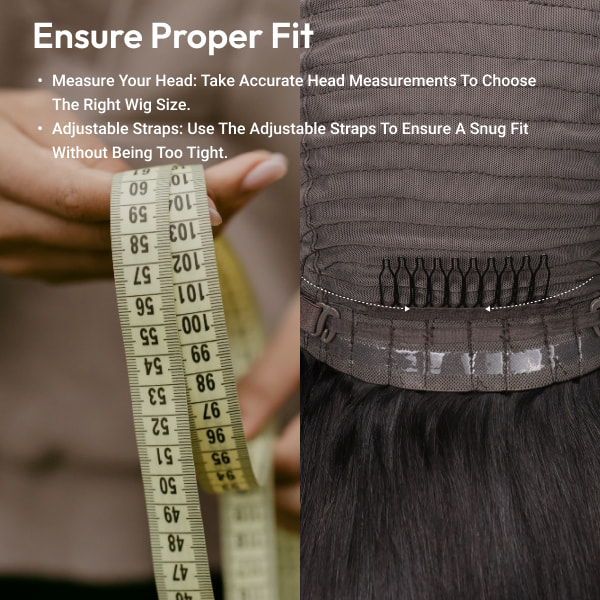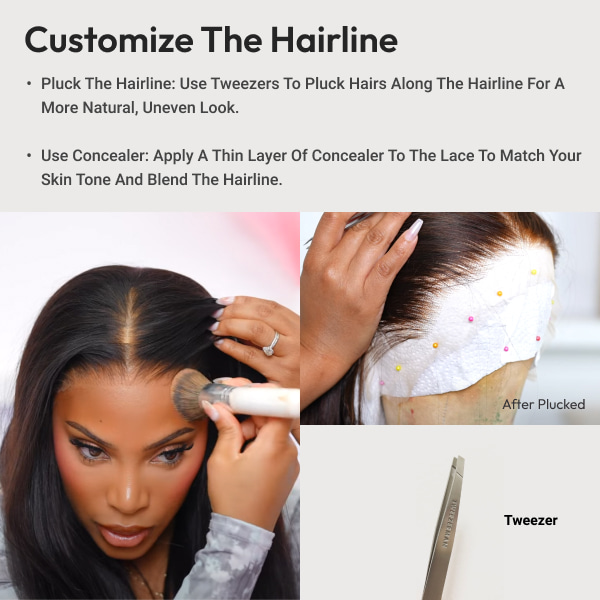







Why Does My Wig Look So Fake?
Introduction
Wearing a wig can be a great way to change your hairstyle or cover hair loss, but sometimes wigs can look unnatural or fake. If you’re wondering why your wig doesn’t look as realistic as you’d like, there are several factors to consider. This guide explores the common reasons why a wig might look fake and offers tips on how to make your wig look more natural.
Common Reasons Why Your Wig Looks Fake
1. Poor Quality Wig
- Synthetic Fibers: Low-quality synthetic wigs often have a shiny, plastic-like appearance.
- Uneven Hair Density: Poorly constructed wigs might have uneven hair density, making them look unnatural.
- Cheap Construction: Inexpensive wigs may use inferior materials and construction techniques.
2. Incorrect Fit
- Too Loose or Tight: A wig that doesn’t fit properly can shift or bulge, making it look unnatural.
- Wrong Size: Choosing the wrong wig size can lead to an unnatural appearance and discomfort.
3. Unnatural Hairline
- Straight Hairline: A perfectly straight hairline looks unnatural.
- Visible Lace: The lace of the wig might be visible, making it obvious that you’re wearing a wig.
4. Incorrect Styling
- Lack of Layers: Wigs that are too thick and lack layers can appear bulky and fake.
- Unrealistic Parting: A poorly defined or unrealistic parting line can make the wig look unnatural.
5. Shine and Texture
- Excessive Shine: Synthetic wigs can be overly shiny, giving away their artificial nature.
- Unnatural Texture: The texture of synthetic fibers might not mimic real hair well.
Tips to Make Your Wig Look More Natural
1. Choose a High-Quality Wig
- Invest in Quality: Consider investing in a high-quality synthetic wig or a human hair wig for a more natural look.
- Check Reviews: Research and read reviews to find wigs with realistic textures and appearances.
2. Ensure Proper Fit
- Measure Your Head: Take accurate head measurements to choose the right wig size.
- Adjustable Straps: Use the adjustable straps to ensure a snug fit without being too tight.
3. Customize the Hairline
- Pluck the Hairline: Use tweezers to pluck hairs along the hairline for a more natural, uneven look.
- Use Concealer: Apply a thin layer of concealer to the lace to match your skin tone and blend the hairline.
4. Style the Wig
- Trim and Layer: Take the wig to a professional stylist to add layers and trim the ends for a more natural shape.
- Create Baby Hairs: Use small scissors to cut baby hairs along the hairline.
5. Reduce Shine
- Dry Shampoo: Spray dry shampoo on the wig to reduce shine and add a matte finish.
- Fabric Softener: Wash the wig with a fabric softener solution to reduce synthetic shine.
6. Add Volume and Movement
- Tease the Roots: Gently tease the roots to add volume and prevent the wig from looking too flat.
- Heat Styling: For heat-resistant wigs, use low heat to style the hair and create natural waves or curls.
Additional Tips for a Natural-Looking Wig
1. Use a Wig Grip or Cap
- Secure Fit: A wig grip or cap can help secure the wig in place and create a smooth base.
- Comfort: Wig grips add comfort and prevent the wig from slipping.
2. Regular Maintenance
- Wash and Condition: Regularly wash and condition your wig to maintain its texture and appearance.
- Store Properly: Store your wig on a wig stand to maintain its shape and prevent tangling.
3. Blend with Your Natural Hair
- Leave Out Natural Hair: If possible, leave out some of your natural hair around the hairline and blend it with the wig.
- Match Textures: Ensure your natural hair texture matches the wig’s texture for a cohesive look.
Your questions answered
FAQs
Why does my synthetic wig look shiny?
Synthetic wigs often have a shine due to the fibers used. Reduce shine by using dry shampoo or washing with fabric softener.
Can I style my wig with heat tools?
Human hair wigs and heat-resistant synthetic wigs can be styled with heat tools. Always use a heat protectant spray and follow the manufacturer’s guidelines.
How often should I wash my wig?
Wash your wig every 7-10 wears or when it becomes visibly dirty. Use products specifically designed for wigs to maintain their quality.
What can I do if my wig doesn't fit properly?
Adjust the straps inside the wig cap, use a wig grip, or sew in additional elastic bands to achieve a snug fit. Consider resizing the wig with the help of a professional.
Can I dye my wig to make it look more natural?
Human hair wigs can be dyed, but it’s best to seek professional help. Synthetic wigs require special dyes and techniques, and it’s generally not recommended to dye them at home.
How do I prevent my wig from slipping?
Use a wig grip, secure the wig with bobby pins, or apply wig tape or adhesive for added security.